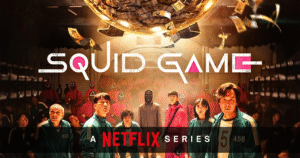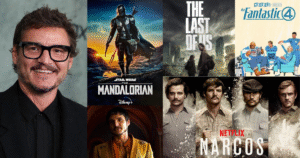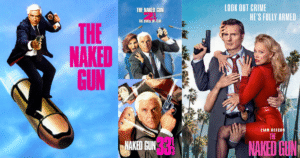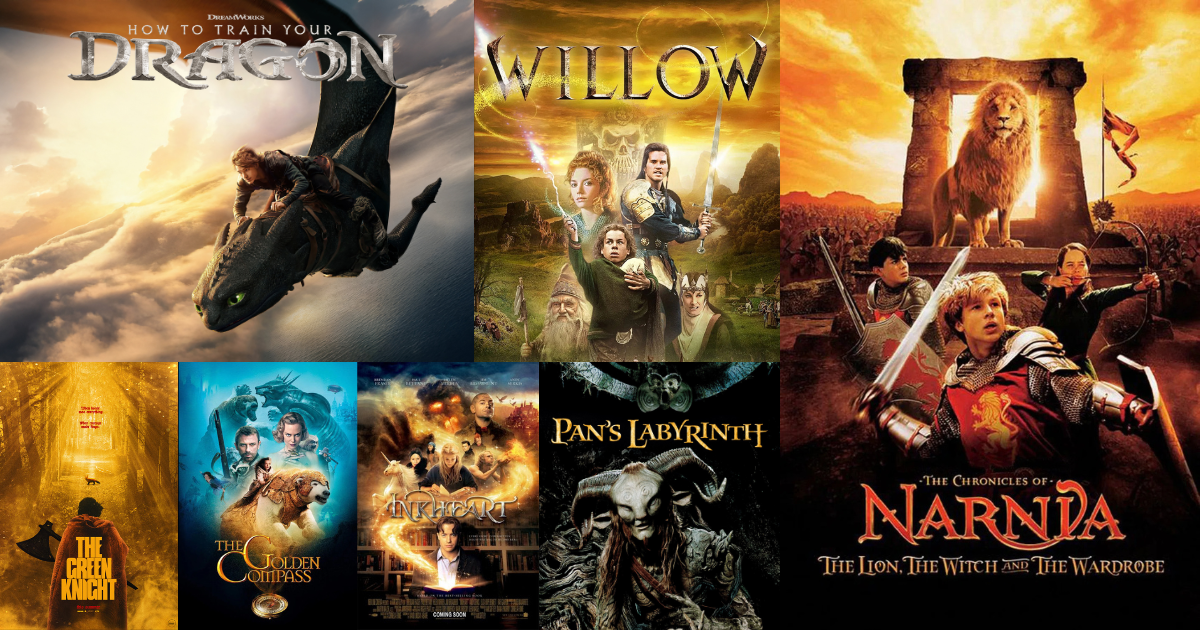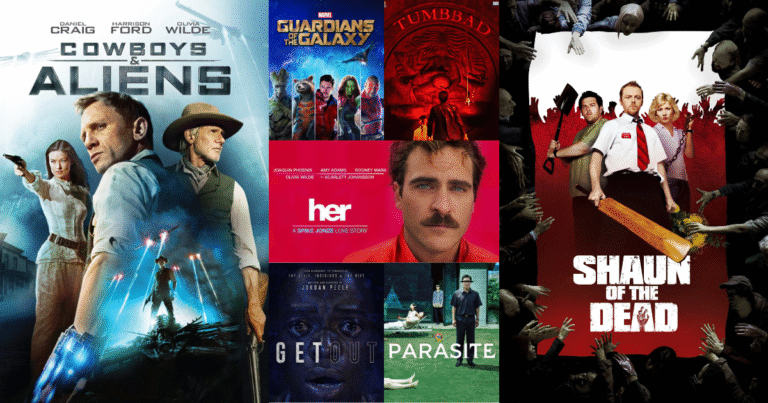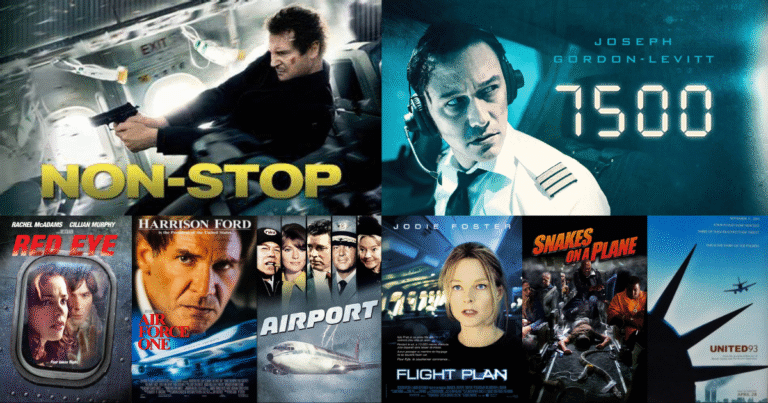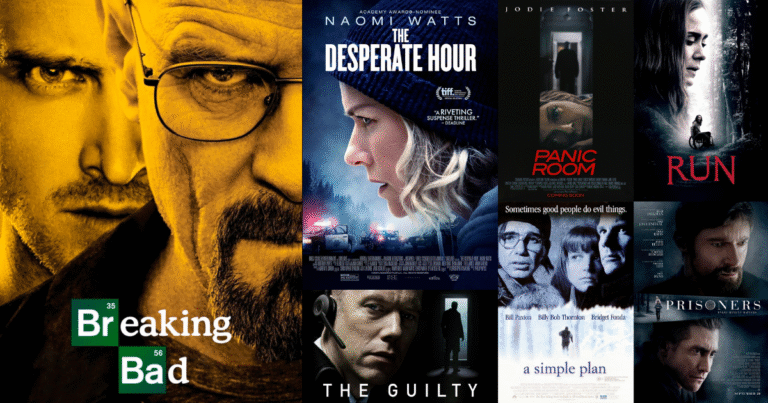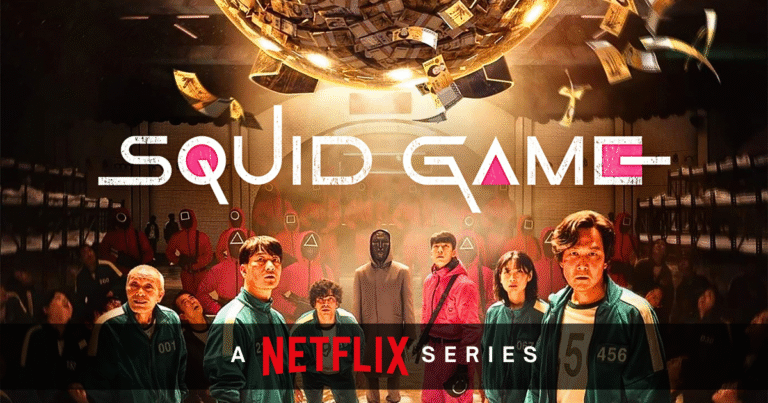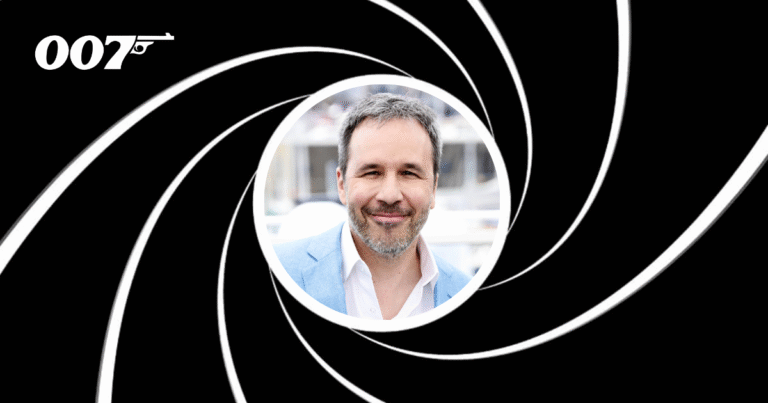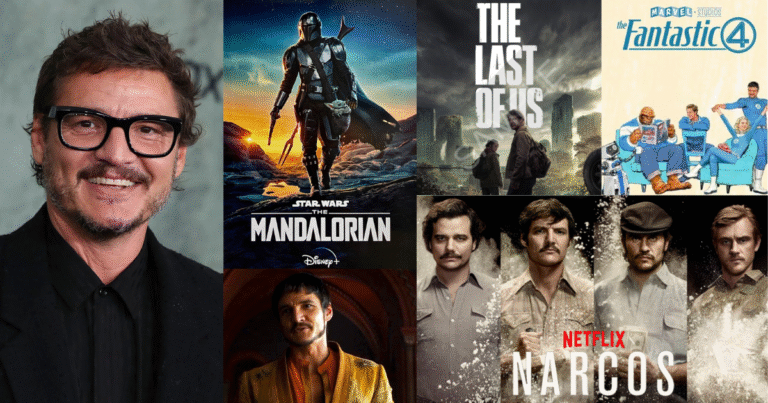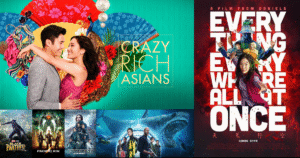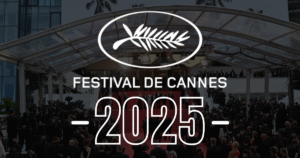Fantasy films often get boxed into the “escapist” category. You know the kind, dragons, magic spells, epic quests, and otherworldly kingdoms. But the best fantasy movies offer more than just a break from reality. They reflect real emotions, explore big ideas, and help us process life in creative and deeply human ways.
Let’s talk about why fantasy films still matter, and why they’re more than just visual spectacle.
What Makes a Film “Fantasy”?
Fantasy doesn’t mean the same thing to everyone. For some, it’s elves and wizards (The Lord of the Rings). For others, it’s dark fairy tales like Pan’s Labyrinth, or whimsical magic like Stardust. The key is this: fantasy films introduce elements that don’t exist in the real world, magic, mythical creatures, or entirely imagined settings, and treat them as part of the story’s reality.
But here’s the twist: even with all the unreal stuff, the emotions and themes are very real. That’s the secret sauce of good fantasy.
Escapism Isn’t a Bad Word
We hear this all the time, “It’s just escapism.” As if escaping reality is something to apologize for. But think about it: when the world feels overwhelming, fantasy stories give us a space to breathe. Watching Frodo carry the ring to Mordor or Lyra travel across worlds doesn’t mean we’re avoiding real life. It means we’re recharging.
And often, those stories sneak in lessons about courage, grief, love, and sacrifice. You get to see hard truths filtered through dragons and spells, which somehow makes them easier to face.
Building Worlds, Building Meaning
One of the most powerful tools in fantasy is world-building. When a filmmaker creates a new universe, complete with its own rules, languages, and creatures, it’s not just for show. That world becomes a reflection of our own, but turned slightly sideways so we see it differently.
In The Lord of the Rings, Middle-earth is filled with danger and war, but also friendship and loyalty. In The Chronicles of Narnia, children step through a wardrobe and find a place where faith and courage take center stage. These aren’t just imaginary worlds. They’re mirrors, showing us what matters.
Fantasy Reflects Our Reality
It’s not just the big themes, fantasy films also pick up on specific cultural fears and hopes. Think about Harry Potter. It’s about magic, sure, but also about power, prejudice, and growing up in a confusing world. Or The Hunger Games, which blends fantasy and dystopia to talk about class, media, and resistance.
Even lighter stories often carry deeper meaning. How to Train Your Dragon is technically fantasy, but it’s also about parenting, self-discovery, and learning to see others differently. These stories stick because they talk about things we care about, even when dragons are involved.
Magic as Metaphor
A lot of fantasy movies use magic not just for cool visuals, but as a metaphor. In Frozen, Elsa’s powers are a stand-in for anxiety and self-acceptance. In Encanto, each family member’s gift (or lack of one) symbolizes personal pressure and identity.
Fantasy gives us a way to explore real emotional struggles in a heightened, symbolic way. That’s what makes it powerful. You can feel the emotional truth of a story, even if what’s happening on screen is impossible.
Fantasy for Adults
There’s a myth that fantasy is “just for kids.” But many of the best fantasy films are aimed squarely at adults, or at least deal with themes adults wrestle with.
Take Pan’s Labyrinth, which blends war trauma with fairy-tale horror. Or The Green Knight, a recent reimagining of Arthurian legend that deals with mortality and legacy. These aren’t family-friendly blockbusters. They’re thoughtful, sometimes dark, always meaningful.
Fantasy gives adult audiences a different way to think about life’s questions, without losing the wonder that made us love stories in the first place.
The Visual Power of Fantasy
Of course, fantasy films are also visually stunning. When done well, the visuals aren’t just eye candy, they’re storytelling tools. Think of the moving castle in Howl’s Moving Castle, or the dreamy, pastel landscapes of The Fall. These images stick with you because they tap into something emotional and imaginative.
Advances in CGI have helped make fantasy more immersive than ever. But great fantasy doesn’t depend on effects. Even smaller films like A Monster Calls or The Secret of Kells show that style and heart go a long way.
Why Fantasy Still Has a Place
In a world full of “gritty realism,” fantasy films remind us it’s okay to dream. They tell us that there are still stories worth imagining, and emotions worth feeling, even if they come wrapped in magic.
And at a time when the real world often feels unpredictable or heavy, fantasy films offer a different kind of clarity. They help us reconnect with awe, with wonder, and with parts of ourselves that everyday life tends to dull.
Fantasy cinema continues to evolve with a wide spectrum of styles, tones, and storytelling techniques. While epic franchises like The Lord of the Rings and Harry Potter often define the genre, many other films offer equally compelling takes on fantasy. Animated masterpieces like Spirited Away and Coraline delve into surreal dreamscapes that reflect real emotional journeys. Cult classics such as The Princess Bride and Willow bring humor and heart to traditional fantasy tropes. Films like Big Fish and The Fall blur reality and imagination in ways that feel deeply personal, while Bridge to Terabithia and Beasts of the Southern Wild use fantasy elements to explore grief and resilience.
Final Thoughts
Fantasy films aren’t a break from meaning. They’re a different path to it. Whether you’re watching a massive epic like Dune or a quiet, quirky fantasy like The Secret Life of Walter Mitty, there’s something in these stories that speaks to who we are, and who we want to be.
So the next time someone says fantasy is just for kids or just for fun, don’t buy it. These movies matter. They remind us that imagining something bigger, stranger, or more magical than real life can sometimes be the best way to understand it.
